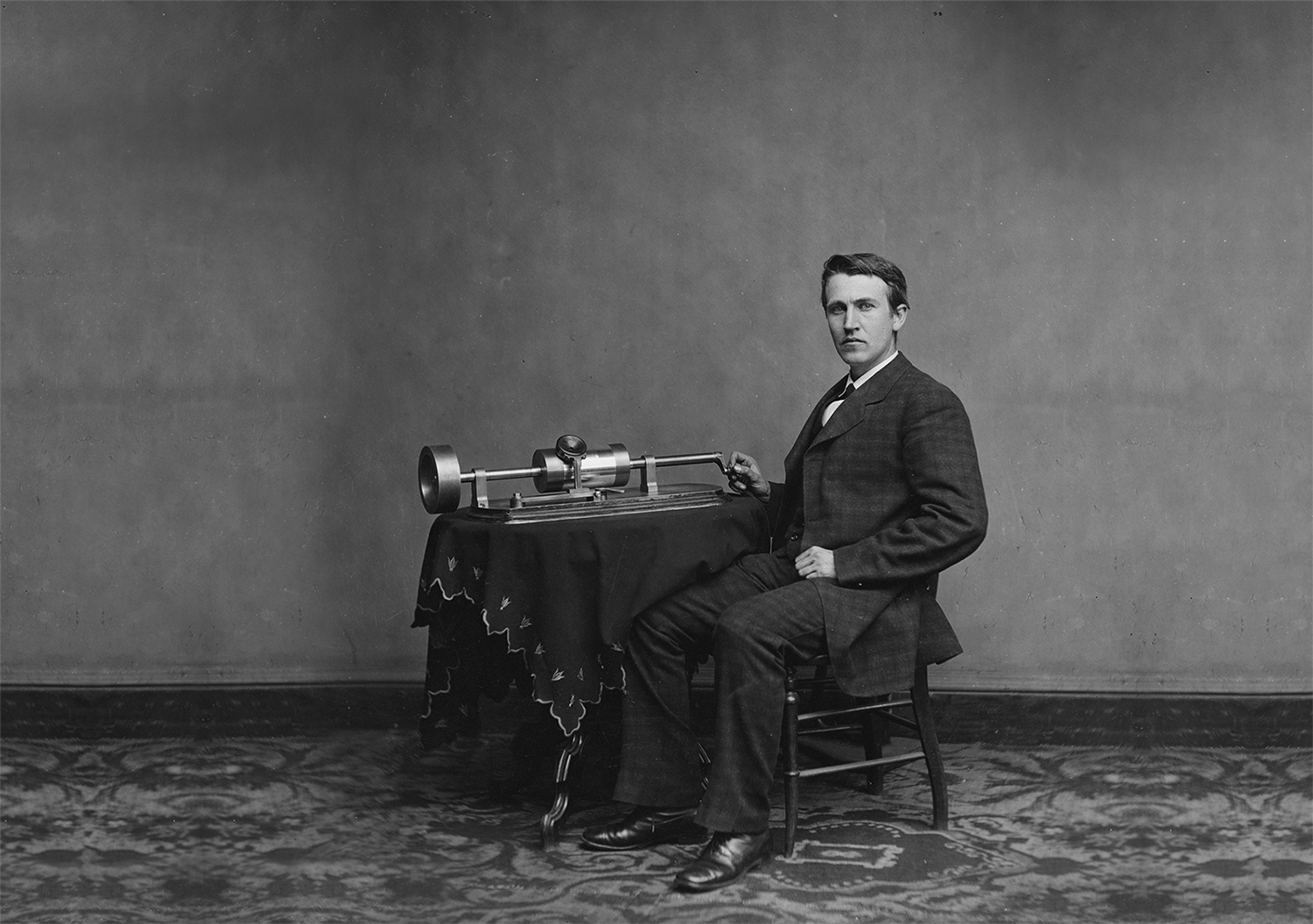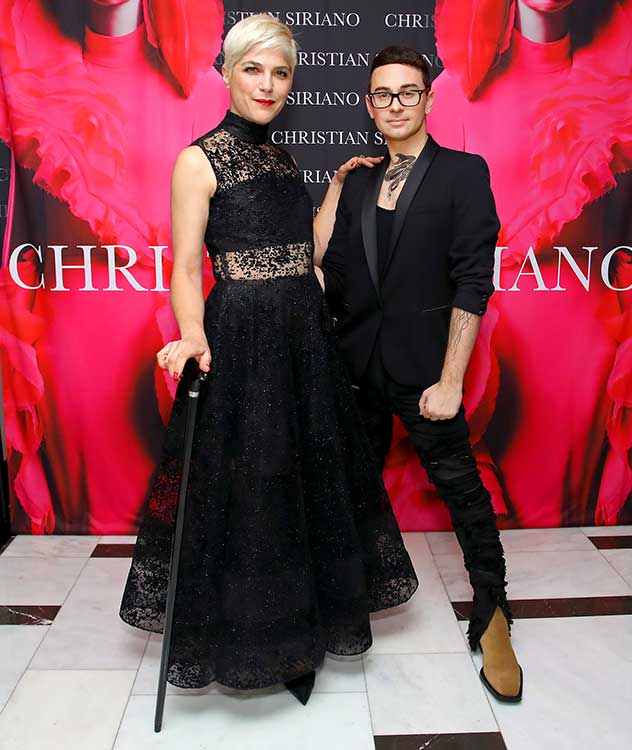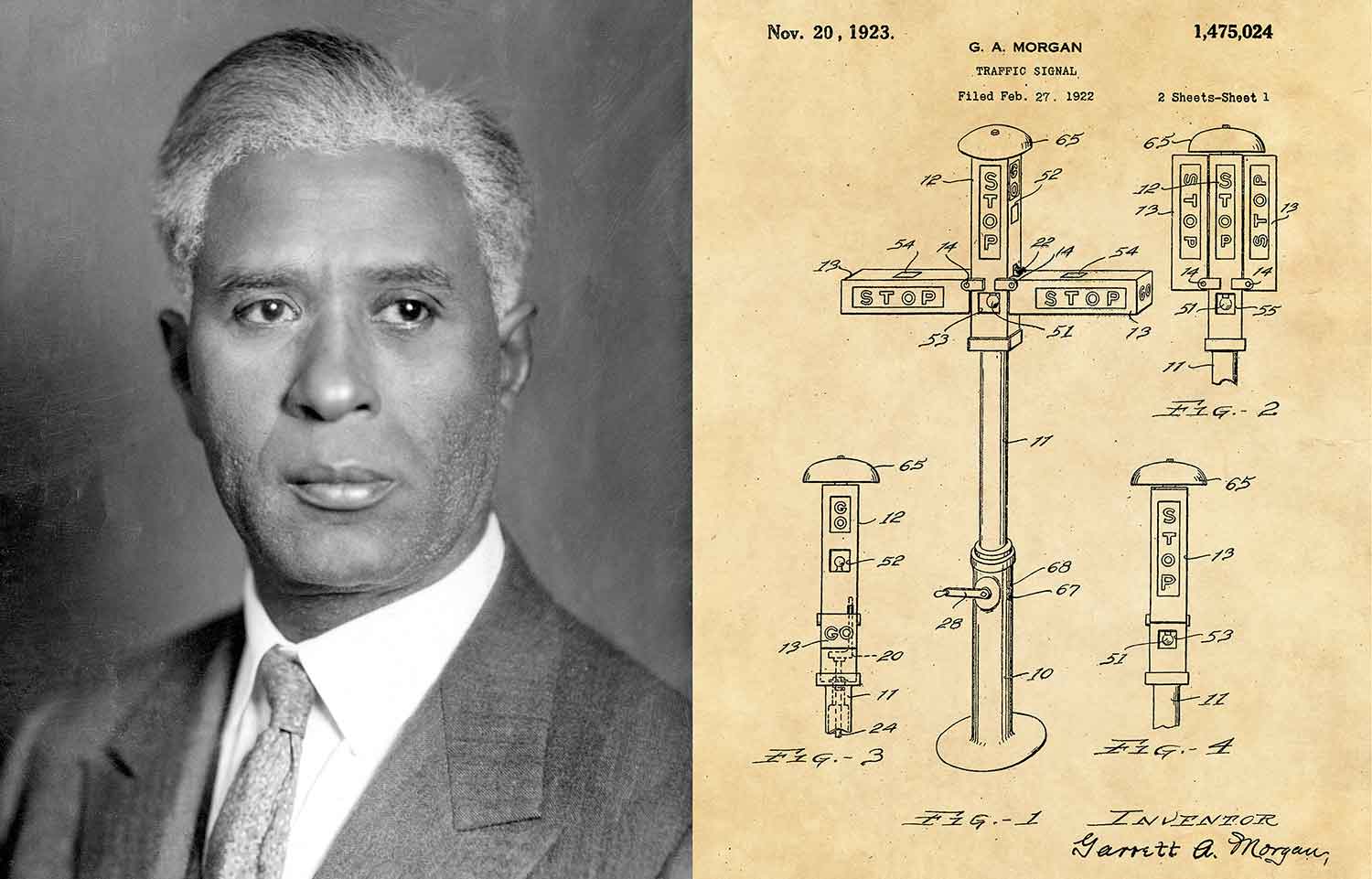How Can I Help?
Eighth graders used engineering to help people who are facing challenges.
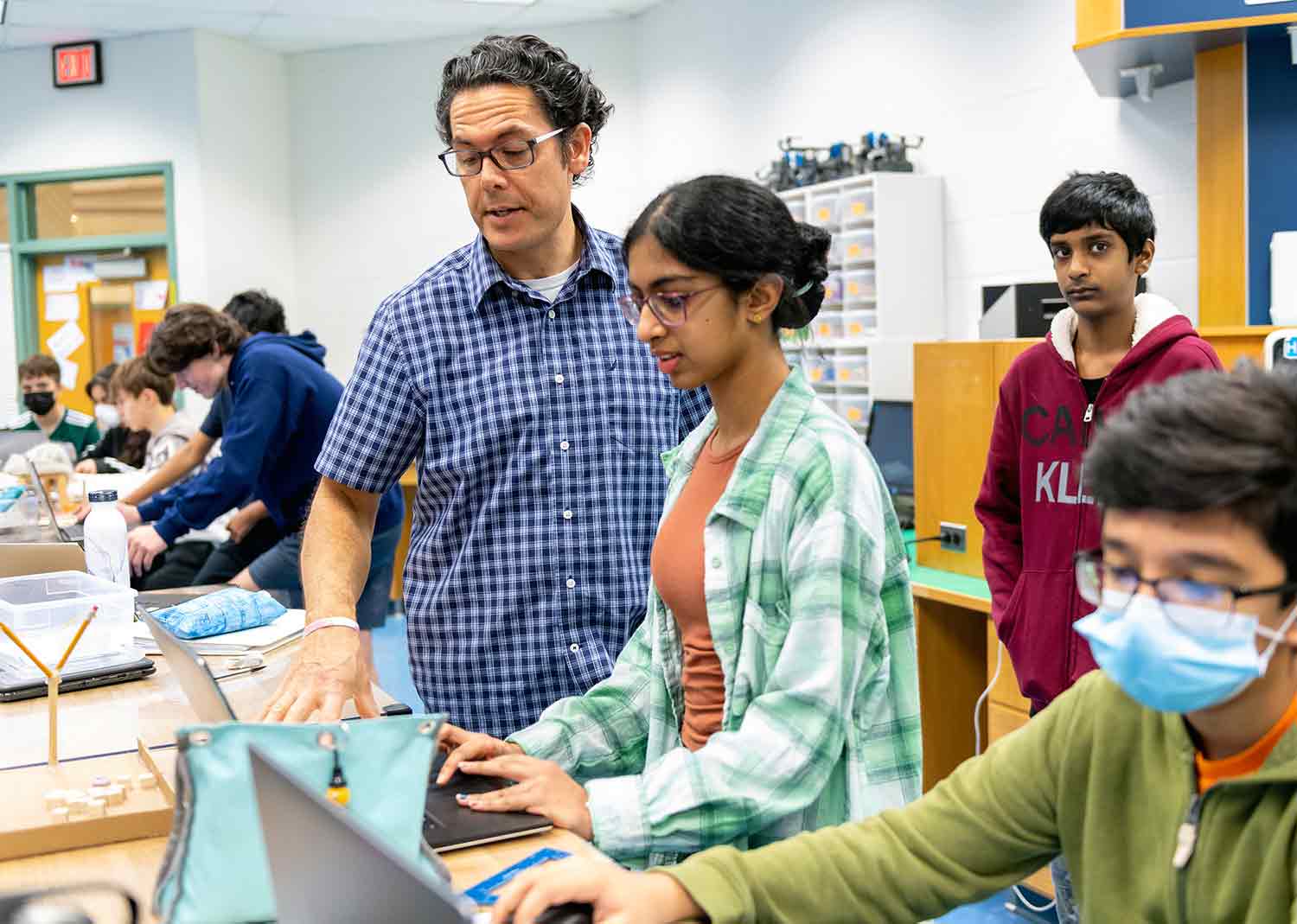
Karen Bolt/Fairfax County Public Schools
Rachel Carson Middle School teacher Mark Bolt challenges his students to engineer products that can help people.
A group of eighth graders came up with creative solutions to help family and friends who were facing challenges. And they used their engineering skills to do it. Teacher Mark Bolt calls this “engineering with empathy.”
Engineering with Empathy is a unit in Bolt’s engineering class at Rachel Carson Middle School in Herndon, Virginia. Empathy is the ability to notice and share in the feelings of others. Bolt says that engineers, who use science, math, and tools to come up with solutions to problems, need empathy.
“Engineers need to understand their users’ needs, and put themselves in the users’ shoes, in order to then build an effective solution,” Bolt explained in an article on the Fairfax County Public Schools website.
Bolt’s students did exactly this. Aasritha Duriseti saw her grandmother struggling to open a bottle cap and made a bottle opener that’s easy to grip. Roman Moreno-Hines noticed that his grandfather, who has arthritis, has trouble holding a coffee cup. He invented a robotic “third thumb” that holds onto the bottom of a mug.
Engineers go through a process to create, test, and then improve their inventions. When Rishab Nanduri made a back brace to help ease his dad’s back pain, his classmates suggested he improve it by adding foam material that could massage the wearer’s muscles.
According to the Washington Post, each device was adjusted several times as it was developed. Bolt says that when things don’t work as planned, it’s an opportunity to learn.
“If we want to do better, we have to have a chance to fail,” the teacher told the Washington Post.
Check out the slideshow to see some of the students’ inventions.
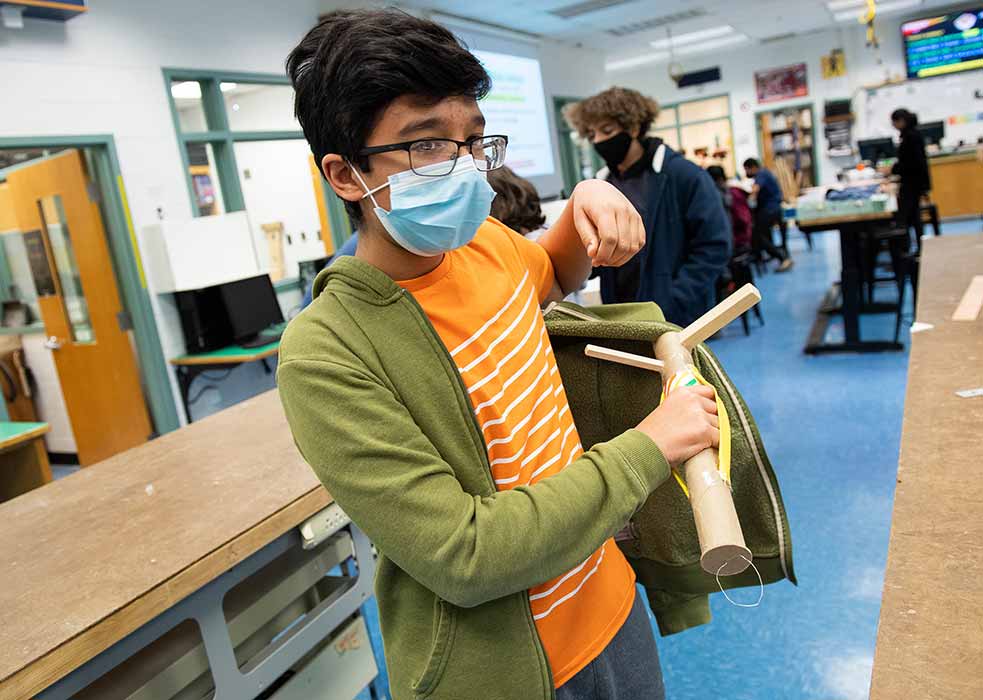
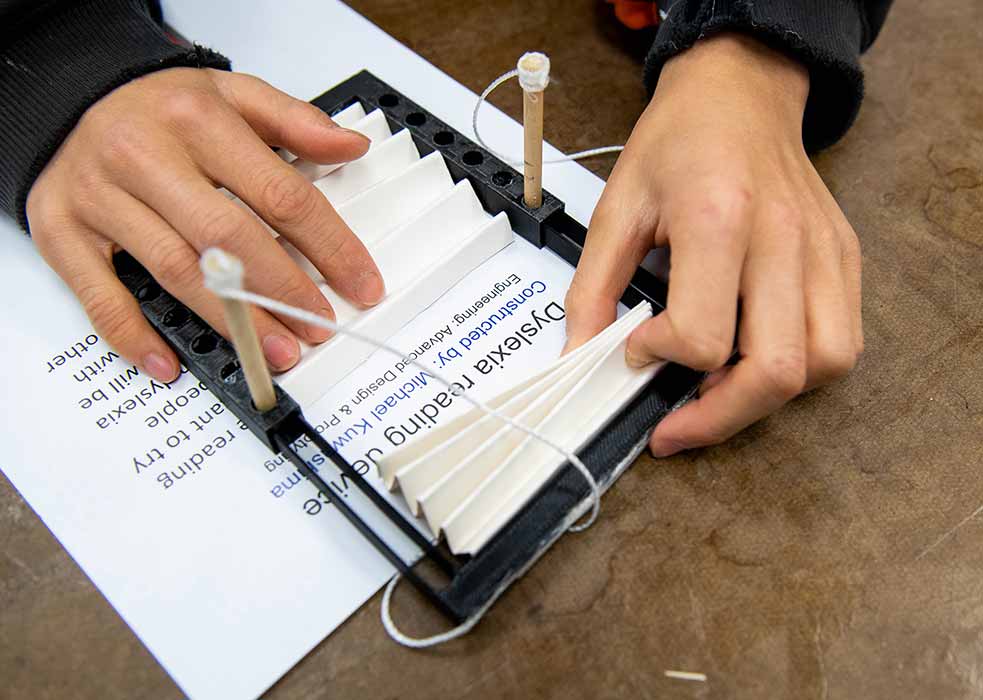
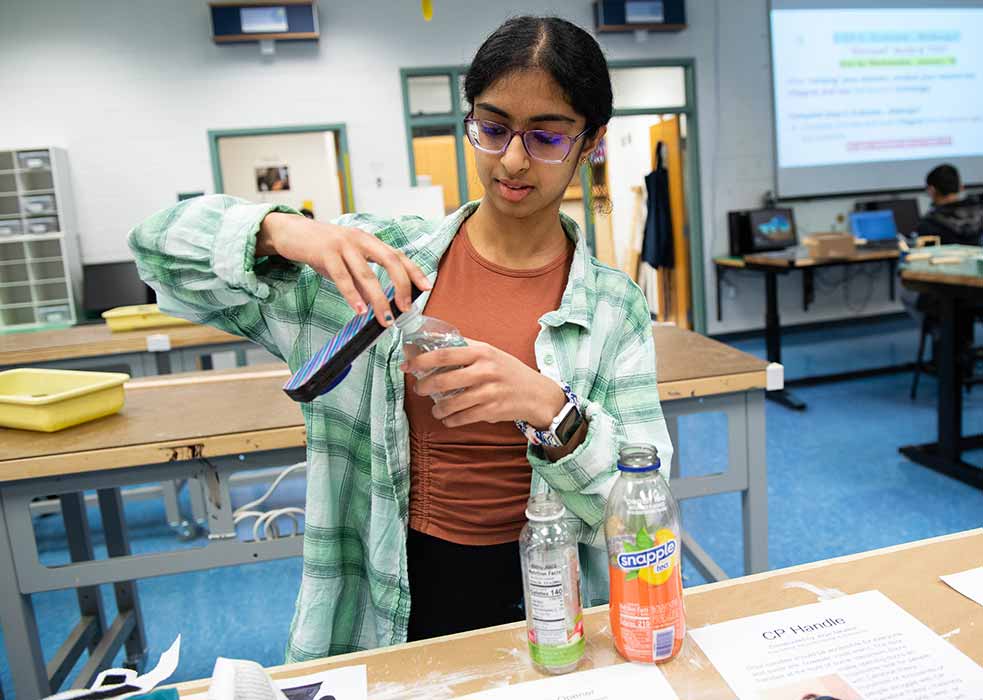
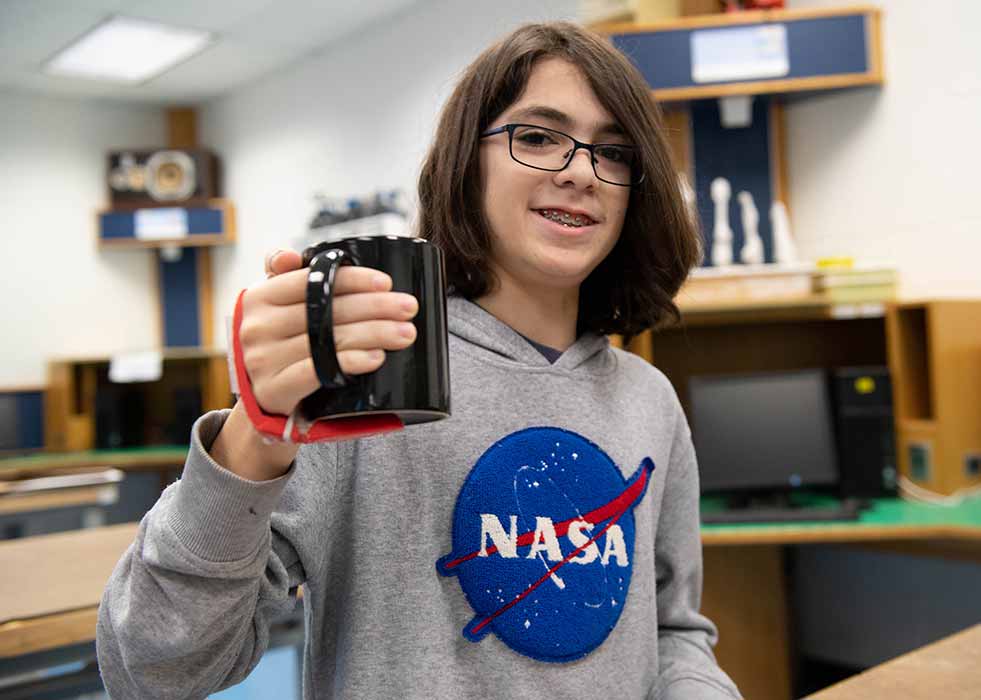
Karen Bolt/Fairfax County Public Schools
